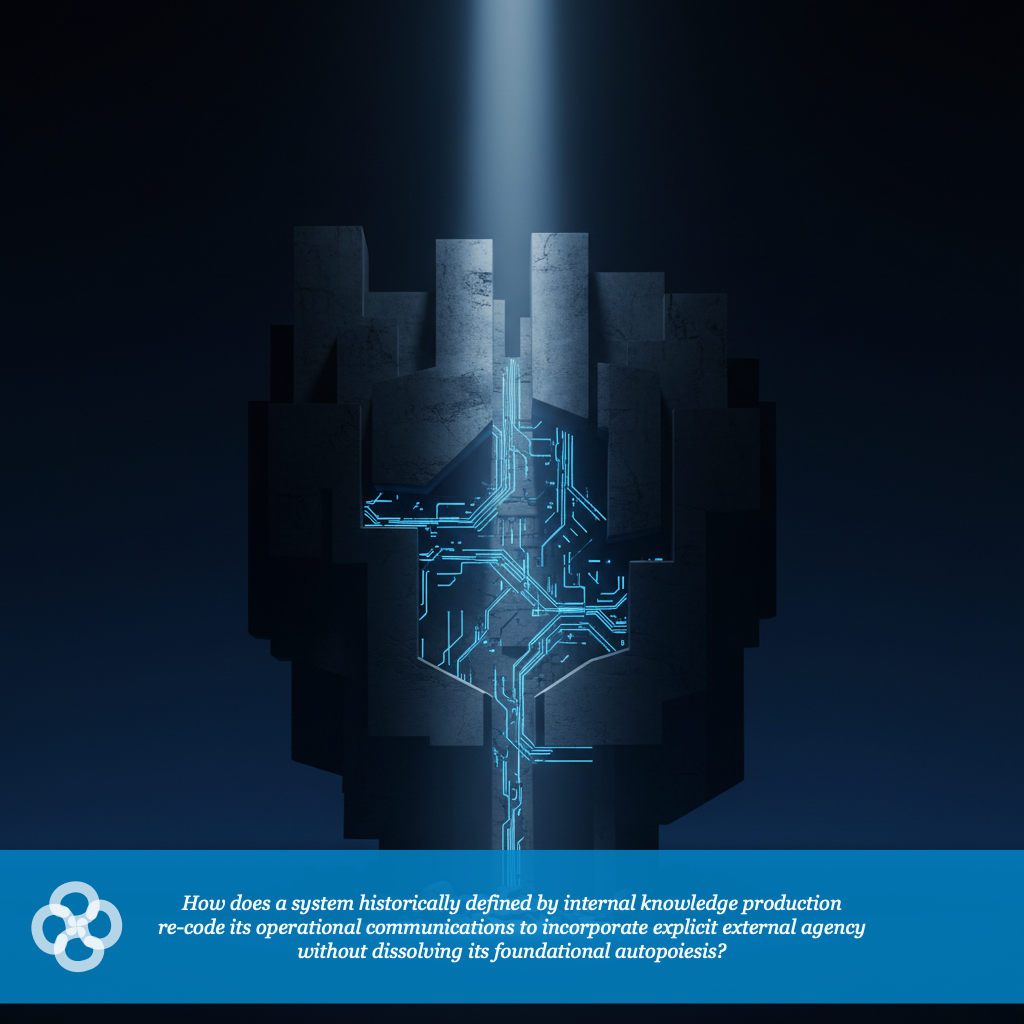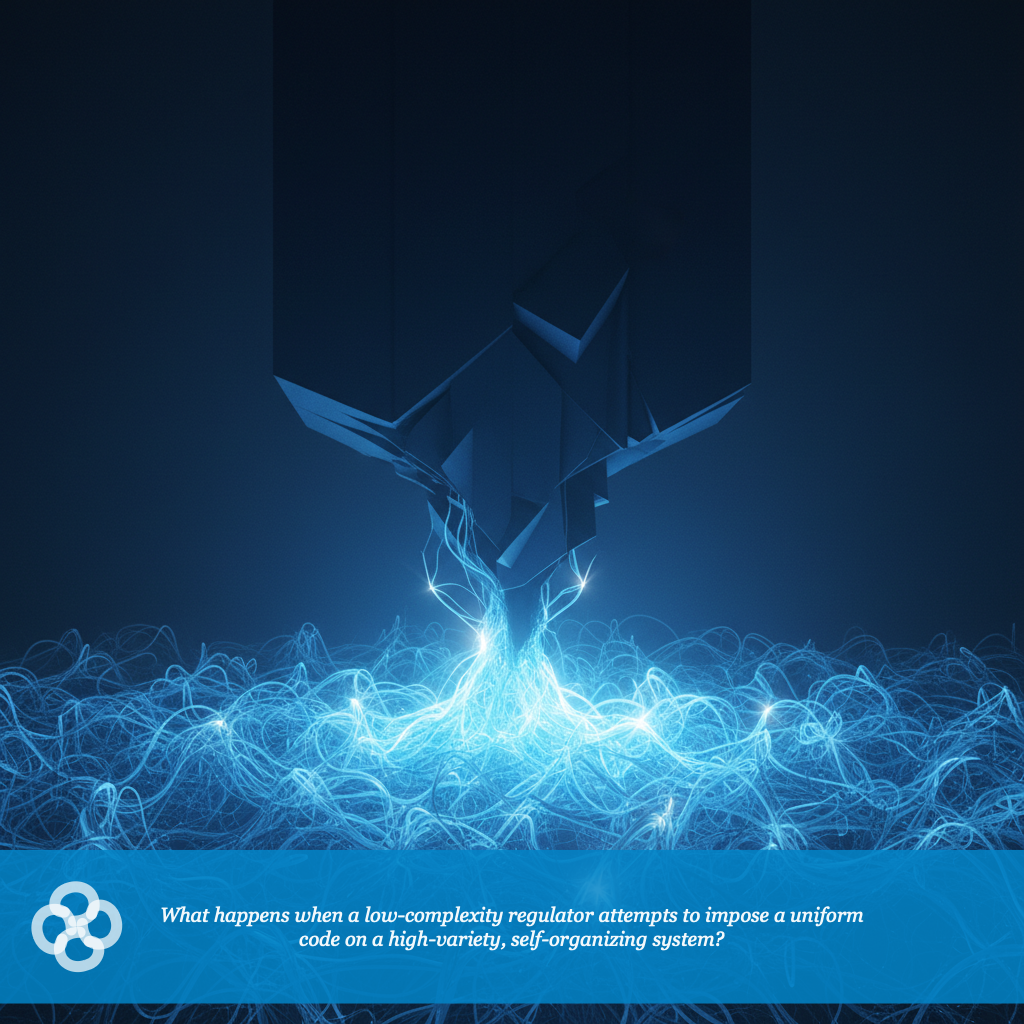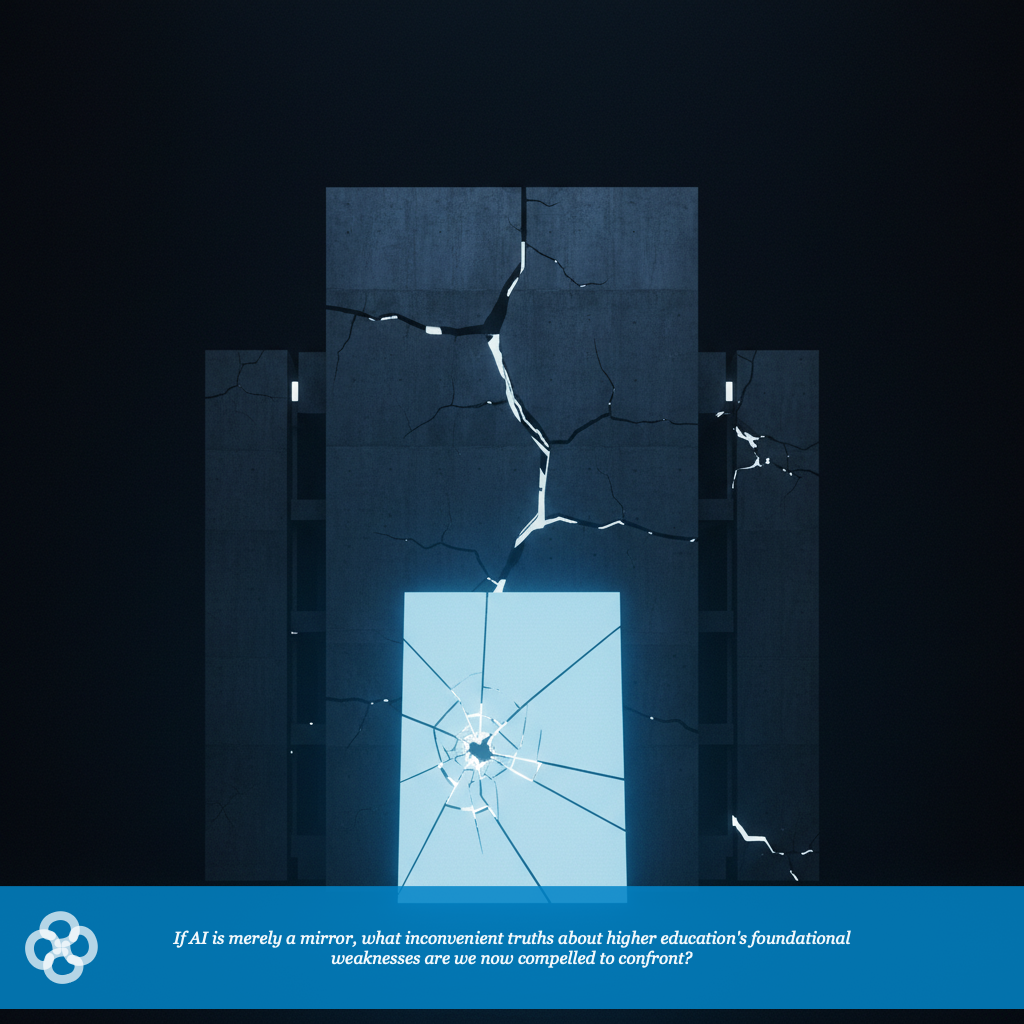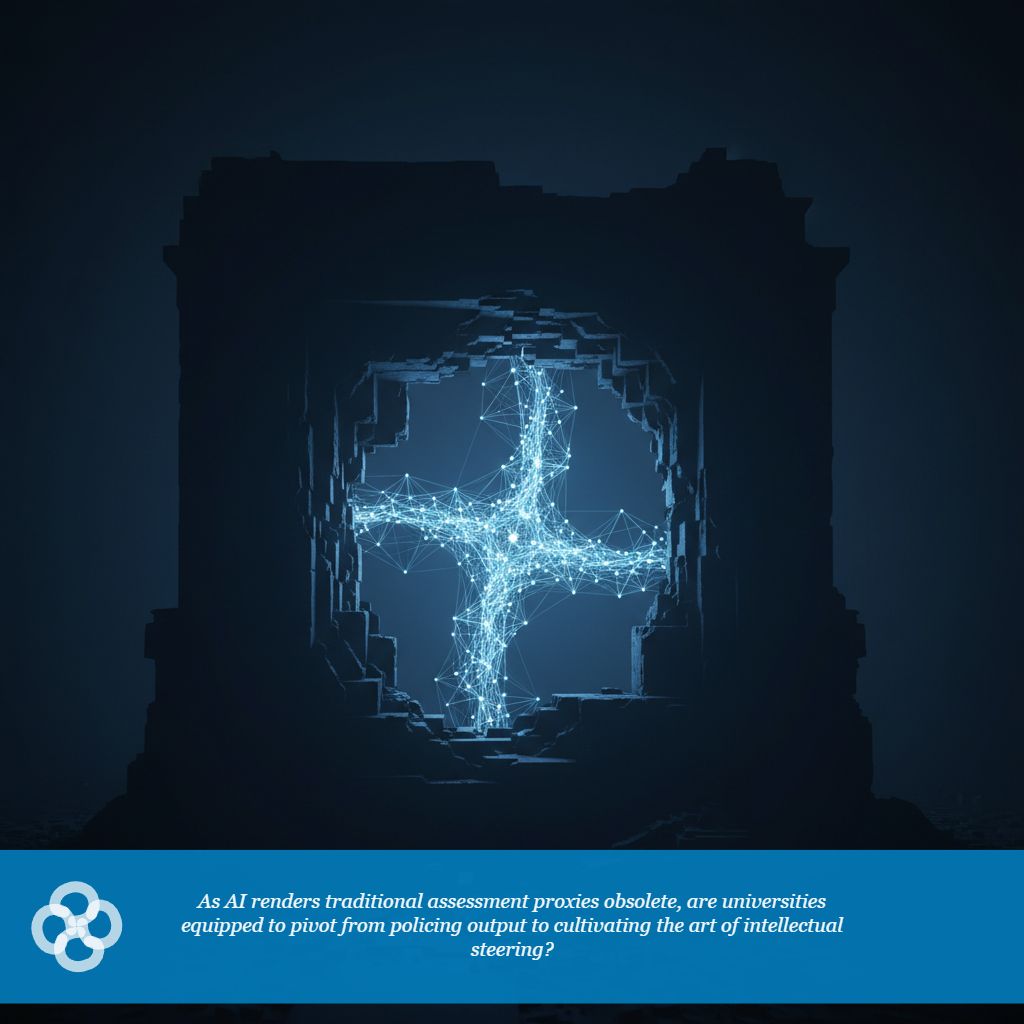There is a powerful sense of déjà vu that haunts the halls of higher education. We are, by any measure, in a state of perpetual, frantic activity. Our calendars are […]
Author: K Kefale





Categories
AI: The Unflattering Mirror



